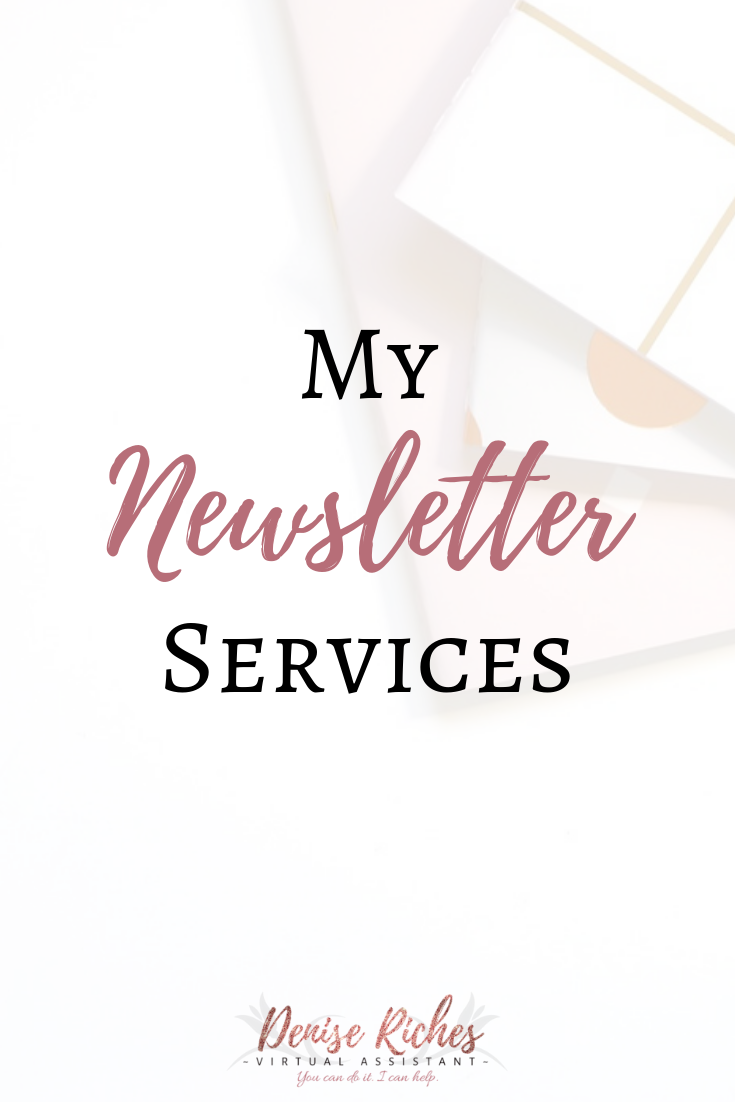Throughout my VA career, I’ve worked with a variety of email marketing platforms:
- MailChimp
- Constant Contact
- Drip
- Active Campaign
While the platforms have differences, they generally all work the same way.
MailChimp is probably the easiest platform to use, especially for someone with a small mailing list (2000 or fewer contacts). If your mailing list is quite large, you will need to pay for a plan that will allow more contacts.
Steps involved in setting up your email marketing
The first step is signing up for an account. Whether you choose MailChimp’s free plan or go with another platform, you need an account. If you’ll be paying for a plan, you’ll need a credit card to set up monthly payments. Once this is set up, I can step in and help you with the rest.
Next, I help import your contacts into your platform. Special note: ALL of your contacts must give you permission to email them. With GDPR, it is illegal to add someone to a mailing list without their consent, and a person doing so could be fined if it’s determined that you’ve done this.
Once your contacts are imported, it’s time to design an email template. Email marketing platforms have many free and easy-to-use templates to choose from. Once a design is decided on, I ensure your logo is present and I add interesting images. Once this is set up, I save the template for future use, so this setup process is only done once (which saves time!)
Next, I start building your campaign.
Determine what you want to put into your newsletter. My clients all approach this step differently. One client of mine sends me the newsletter content in a Google doc, while another emails me interesting links and news articles to be added. Some ideas for your newsletter: local events, news in your industry or list your services. The goal is to keep the information concise but interesting.
Then I ensure that there is a call-to-action included. An email address, phone number or social media links are all good additions. I also wrote a blog post about calls to action.
Next, I proofread and check grammar. Usually, I use Grammarly to do this, but there are other tools I use, too. Read more about them here.
Schedule your newsletter for a date and time to be sent.
Easy peasy! But it’s not over yet!
Over the next week or so, I’ll check your newsletter’s stats. By checking open rates and unsubscribes, this information can help when designing your next email campaign.
I can help you import contacts, design your newsletter and set up email automation. Book a free consultation call with me to discuss it.


